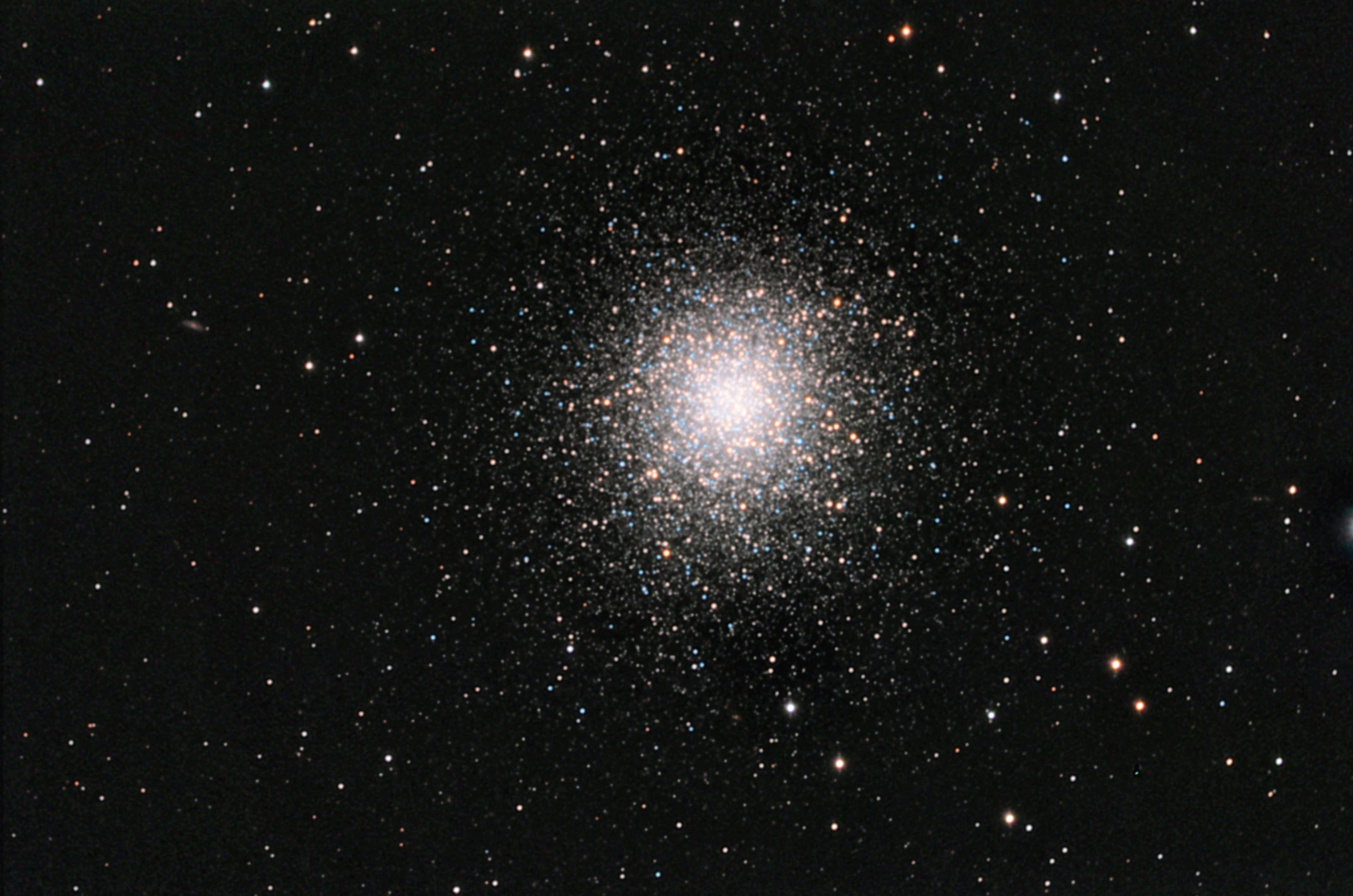News
After Three Successful Years on Mars, NASA’s Ingenuity Helicopter Mission Ends with a Broken Rotor Blade

NASA’s history-making Ingenuity Mars Helicopter has ended its mission at the Red Planet after surpassing expectations and making dozens more flights than planned. While the helicopter remains upright and in communication with ground controllers, imagery of its Jan. 18 flight sent to Earth this week indicates that one or more of its rotor blades sustained damage during landing and it is no longer capable of flight. Originally designed as a technology demonstration to perform five experimental test flights in a 30 day period, this first aircraft to fly on another world has operated from the Martian surface for almost three years, performed 72 flights, and has flown more than 14 times farther than originally planned.
Astronomers Discover the Most Massive Neutron Star… Or is it the Least Massive Black Hole?
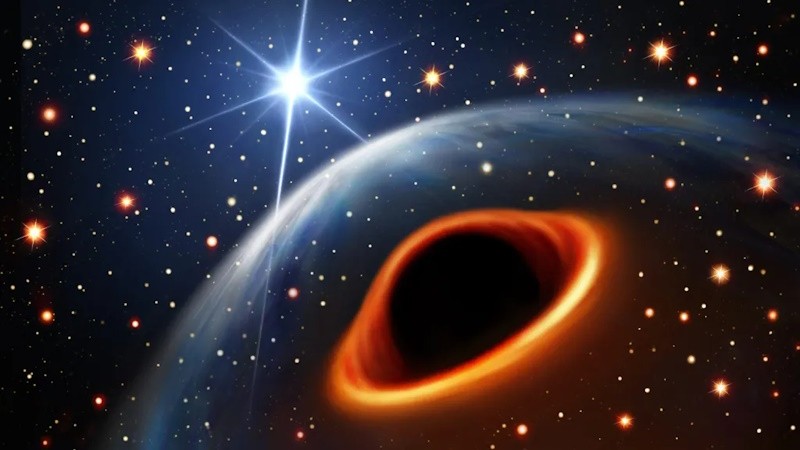
An international team of astronomers have discovered a massive dark object in orbit around a rapidly spinning millisecond pulsar. This unusual object was found as part of a binary system, a pulsar and an unknown compact object, in the globular cluster NGC 1851. Globular clusters are unique environments with hundreds of thousands of stars packed closely together, and likely places to produce strange cosmological pairs. While astronomers cannot conclusively say whether they have discovered the most massive neutron star known, the least massive black hole known, or even some new exotic star variant, what is certain is that they have uncovered a unique approach for probing the properties of matter under the most extreme conditions in the Universe.
Chalk One Up for the Little Guys -- Three Amateur Astronomers Make a Major Discovery of a Never-Before-Seen Filamentary Emission Nebula – How Did They Do It?
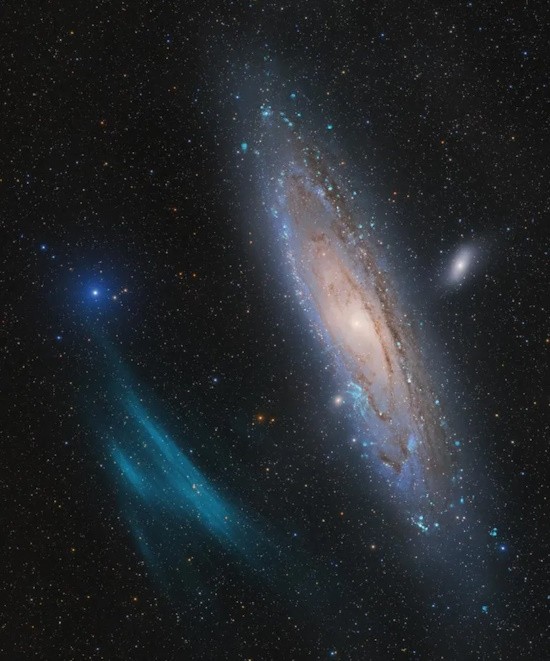
With hundreds of major observatories worldwide surveying the sky and extremely high-tech camera-equipped space telescopes zipping around the Solar System, one could expect that there's nothing left in space for an amateur astronomer to discover. Yet in 2022 three creative amateur astronomers/astrophotographers made a remarkable find in one of the most observed and photographed areas of the night sky – the Andromeda Galaxy. Marcel Drechsler, Xavier Strottner, and Yann Sainty discovered and photographed a never-before-seen oxygen [O III] emission arc next to our nearest spiral galaxy. The hours of hard work put in by these passionate amateurs earned them the top prize in the Astronomy Photographer of the Year 2023 competition, the world’s biggest space photography competition. It also earned them a place in the history books as the discoverers of a new filamentary emission nebula -- the Strottner-Drechsler-Sainty Object 1 (SDSO-1)… The amazing thing is that all of this was accomplished with an off-the-shelf 4-inch Takahashi refractor, an Oxygen-III (OIII) filter, and a lot of creativity and hard work.
Excuse Me While I Kiss the Sky -- Month of January 2024

Happy New Year and welcome to the night sky report for January 2024 -- Your guide to the constellations, deep sky objects, planets, and celestial events that are observable during the month. The January sky is filled with bright stars in the constellations Orion, Taurus, Gemini, Canis Major, and Canis Minor. Find these cosmic gems by looking toward the southeast in the first few hours after it gets dark. The northern hemisphere also features beautiful views of Capella - a pair of giant yellow stars, Aldebaran - a red giant star, two star clusters - the Hyades (Caldwell 41) and the Pleiades (M45), and the Crab Nebula (M1, NGC 1952). The moderate Quadrantid meteor shower is active from Dec. 28 to Jan. 12, and peaks overnight on Jan. 4th. The Moon will wash out faint meteors, but the shower often produces bright fireball meteors. The night sky is truly a celestial showcase. Get outside and explore its wonders from your own backyard.
One of NASA’s longest-operating spacecraft has stopped communicating with Earth
NASA is having problems communicating with its spacecraft Voyager 1.
New Free Course from NASA Aims to Train 20,000 Scientists and Researchers in Five Years

The world is changing rapidly. Everyday new problems emerge and it takes groundbreaking scientific discoveries to solve them. To stay ahead, the pace of science must accelerate and science needs to be even better, more accurate, and faster to enable the truly transformative breakthroughs that will help us thrive. NASA has just released its free Open Science 101 curriculum with the initial goal of training 20,000 scientists and researchers over the next five years, enabling them to embrace open science practices and maximize the impact of their work.
Time is Running Out to Add Your Name to NASA’s Europa Clipper Mission to Jupiter

SPECIAL NOTE FOR GRADE SCHOOL TEACHERS: THIS IS A GREAT TEACHING OPPORTUNITY TO GET YOUR STUDENTS INVOLVED WITH THE NASA SPACE PROGRAM. Five weeks remain for you to add your name to a microchip that will ride aboard the Europa Clipper spacecraft as it explores Jupiter’s moon Europa. It’s not every day that members of the public have the chance to send their names into deep space -- all the way to Jupiter and its moon Europa. But with NASA’s Europa Clipper, you have that opportunity. Names will ride aboard the spacecraft as it journeys 1.8 billion miles (2.6 billion kilometers) to this icy moon, where an ocean hides beneath a frozen outer shell. The deadline to join the mission’s “Message in a Bottle” campaign is only five weeks away. The campaign closes at 11:59 PM EST, December 31, 2023.
UHZ1 is 13.2 Billion Light Years Away – It’s the Oldest and Most Distant Black Hole Ever Discovered
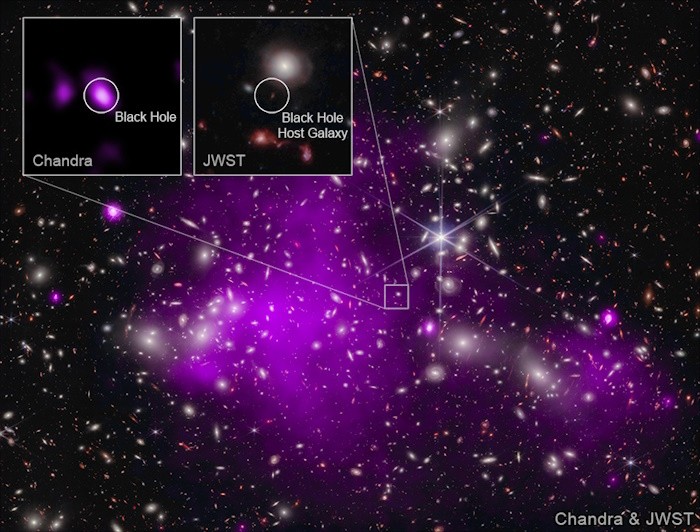
X-rays imaged by NASA’s Chandra X-ray Observatory combined with infrared data from NASA’s James Webb Space Telescope were used to detect the most distant black hole ever discovered. The extremely distant black hole is located in the galaxy UHZ1 in the direction of the galaxy cluster Abell 2744, which was used as a gravitation lens in these observations. Abell 2744 is only about 3.5 billion light-years from Earth. UHZ1 is behind Abell 2744 and much farther away. At some 13.2 billion light-years away, UHZ1 is seen when the universe was only 3% of its current age. These new results may help explain how some of the first supermassive black holes in the Universe formed. It is believed that UHZ1 formed directly from the collapse of a huge cloud of gas rather than from the compression of a huge galaxy, which would not have had time to form this early in the Universe.
Excuse Me While I Kiss the Sky -- Month of November 2023

Welcome to the night sky report for November 2023 -- Your guide to the constellations, deep sky objects, planets, and celestial events that are observable during the month. This month, hunt for the fainter constellations of fall, including Pisces, Aries, and Triangulum. They will guide you to several galaxies, including the spiral galaxies M74 and M33. Saturn rides high during the month and Venus and Jupiter are visible on opposite sides of the sky. Also, the Leonid meteors peak this month. The night sky is truly a celestial showcase. Get outside and explore its wonders from your own backyard.
Look Ma, No Hands -- First Supernova Detected, Confirmed, Classified, and Shared by AI
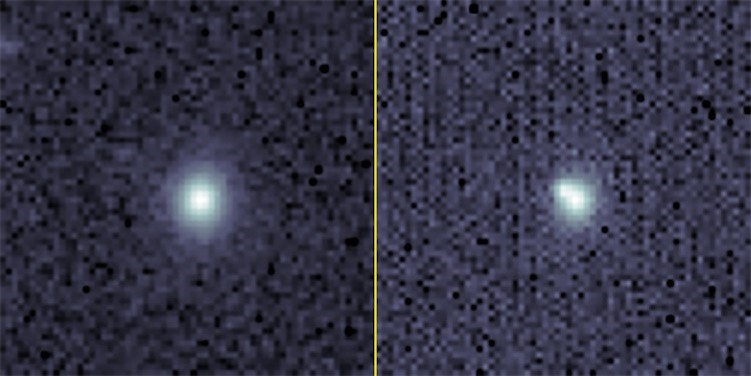
A fully automated process, including a brand-new artificial intelligence (AI) tool, has successfully detected, identified, and classified its first supernova without human intervention. Developed by an international collaboration led by Northwestern University, the new system automates the entire search for new supernovae across the night sky — effectively removing humans from the process. Not only does this rapidly accelerate the process of analyzing and classifying new supernova candidates, it also bypasses human error.
65 Years of NASA – An Astrophysicist Reflects on the Agency’s Legacy
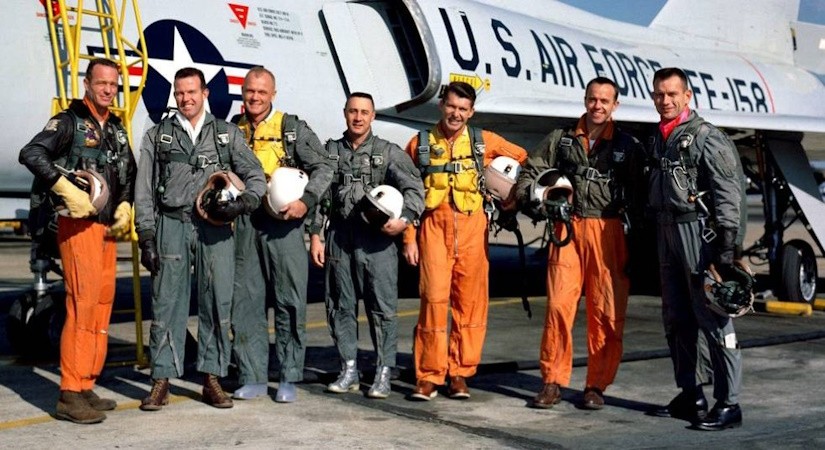
Sixty-five years ago, in 1958, several government programs in the US that had been pursuing spaceflight combined to form NASA. At the time, Stephen G. Alexander, now Associate Professor of Physics at Miami University in Ohio was only 3 years old. As a professor for nearly 30 years, he now realizes that, like countless others who came of age in the 1960s and 1970s, NASA’s missions have had a profound impact on his life and career path. From John Glenn’s first flight into orbit to the Hubble telescope, the agency’s legacy has inspired generations of scientists. This is his reflection on NASA's legacy.
Excuse Me While I Kiss the Sky -- Month of October 2023
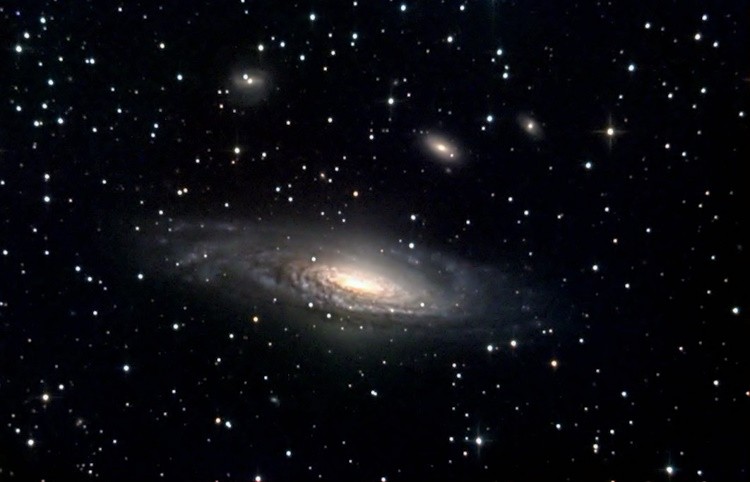
Welcome to the night sky report for October 2023 -- Your guide to the constellations, deep sky objects, planets, and celestial events that are observable during the month. The crisp, clear October nights are full of celestial showpieces for the deep sky gazer. Find Pegasus, the flying horse of Greek myth, to pinpoint dense globular star clusters and galaxies. Look for M15, NGC 7331, and M31 - the Andromeda Galaxy. A "Ring of Fire" solar eclipse across the Americas on October 14th is this month's top highlight. Plus the Moon, Jupiter, Saturn, and Venus strike some lovely poses for stargazers and planet watchers to enjoy. The night sky is truly a celestial showcase. Get outside and explore its wonders from your own backyard.
How Did Earth Get Its Water?

For decades, what researchers knew about planet formation was based primarily on our own Solar System. It is widely agreed that Earth and the other rocky planets accreted from the disk of dust and gas that surrounded our Sun in its youth. However, the explosion of exoplanet research over the past decade has offered new and different approaches to modeling the Earth’s embryonic state. Using a newly developed model, researchers were able to demonstrate that early in Earth’s existence, our planet’s water could have originated from interactions between the hydrogen-rich atmospheres and magma oceans of the planetary embryos that comprised Earth’s formative years. Their findings could explain not only the abundance of Earth’s water, but also its current overall oxidized state.
Funding Member
Sponsors
- AstroMart LLC
- FocusKnobs
- OMI OPTICS USA LLC
- BW
- ASTROPHOTOGRAPHY BY MARTIN PUGH
- Rouz Astro
- Anacortes Telescope
- astronomy-shoppe
- SellTelescopes.com
- RemoteSkies.net
- Waite Research
- Desert Sky Astro Products
- Bob's Knobs
- BBLABS LLC
- Matsumoto Company
- Astromart Customer Service
- APM-Telescopes
View all sponsors
